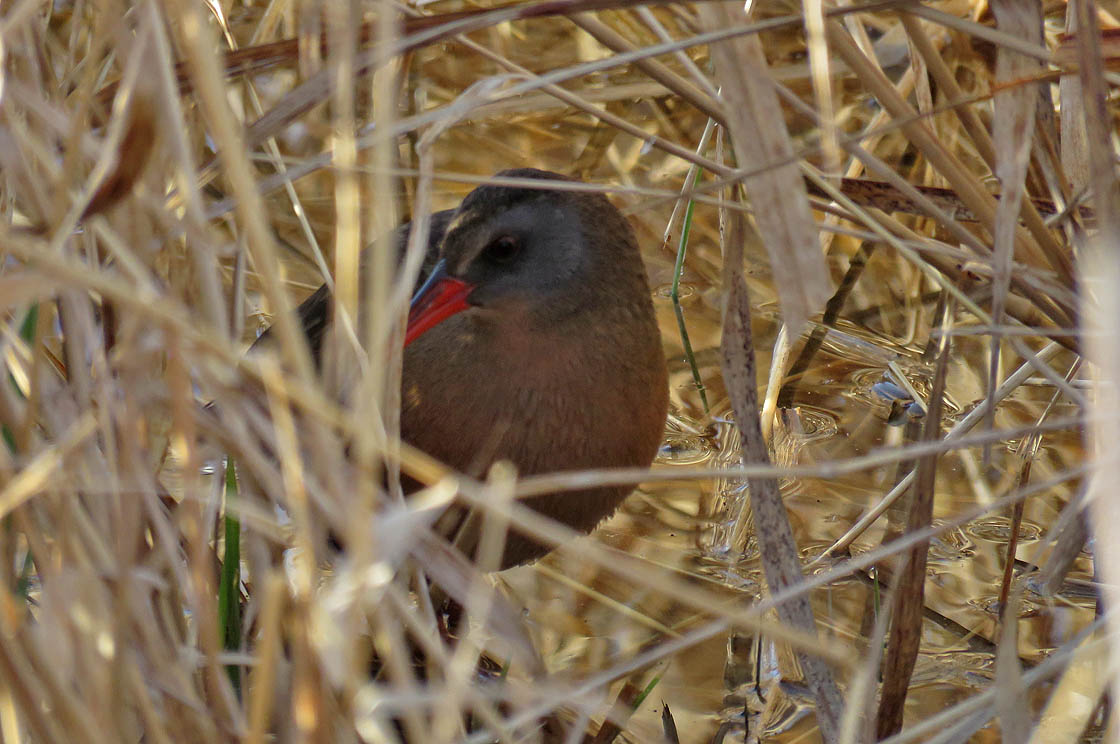For birders, one way to get through this period of pandemic is to spend time outdoors enjoying birds. Just remember to keep health and safety your top priorities. Follow the recommendations of your local health authorities at all times, even if it means staying at home and focusing on your yard or garden list instead.
If you do go out birding, please take precautions to ensure the well-being of you and those around you. eBird has offered some specific suggestions to ensure your birding activities align with health recommendations:
Keep your optics to yourself. Do not share your scope, binoculars or camera with others; disinfect the eye caps of your optics after each birding trip.
Maintain distance. If you are birding near others (whether they are birders or not), always maintain at least 6 feet of space between yourself and other people . Take turns at blinds, shelters and in other situations where proper distancing may not be possible.
Avoid touching communal surfaces. This includes railings, doorknobs, handles and other frequently used areas of public sites. If you touch these surfaces, wash your hands and/or use hand sanitizer immediately.
Respect restrictions and closures. Check if your favorite park, trail, or wildlife refuge is still open before heading outside. Plan your birding trips in accordance with the latest recommendations of your local authorities.
Share checklists, not phones: eBird Mobile users should avoid passing phones to review checklists for the time being.
To these tips, WSO has added “Travel should remain minimal. The governor’s order stated at the outset that: ‘This is a critical moment in Wisconsin. We must all do our part to cease non-essential travel, business, and social interactions.”
The American Hiking Society recommends staying within 50 miles of home to avoid having to stop for gas, restroom breaks, etc. Many if not most public bathroom facilities are closed, so even driving a short distance — especially with kids — is rolling the dice. Wherever you go, bring hand sanitizer and plan on not being able to use a restroom. And stay away from popular parks and trails; closure of state parks may overcrowd county parks, forcing their closure as well. If you cannot get to a less popular park, stick to walking around your neighborhood.
With folks spending a lot more time looking out of windows at a backyard, porch or garden, many are using this time to try their hand at eBirding—or even just good old-fashioned birding.
Birding is a great mental release from the worries of the world. But eBirding can be even better, because it turns your bird sightings into powerful data that scientists use to build awesome visualizations of migratory bird pathways that span the entire Western Hemisphere and identify important habitat for conservation. (Are you an eBird newbie? No worries, check out the basics for getting started at  https://ebird.org/news/ebird-essentials).
https://ebird.org/news/ebird-essentials).
eBird co-leader Jenna Curtis says eBirders can use short, dedicated bursts of birding in the morning and afternoon to break up the routine of a stuck-at-home workday. Grab a cup of coffee or tea, throw open a window so your ears can tune into the soundscape, and list every species you see or hear.
WSO has suggested that the coronavirus crisis may make 2020 the absolute right time to plan on conducting our own Big Green Birding Year or learning how to set up on your own “patch” on eBird.
WSO is heading into its fourth year of managing the Wisconsin Green Birding Challenge — better known as BIGBY birding. For those of you who need a refresher course on what BIGBY stands for, it means Big Green Birding Year.
This more-than-exciting and heart-healthy form of competitive birding is carbon neutral and relies on human-powered transportation, such as walking, biking or running, so long as each trip starts from the same home base. BIGBY birders do much of their birding by bicycle.
Since January 2016, WSO has overseen the BIGBY spreadsheet where competitors keep track of WHO is seeing WHAT birds and WHEN they see them. Contact Wendy Schultz at bigby@wsobirds.org for more information.
An eBird Patch is a series of locations, generally referring to the same area, that can be aggregated and summarized as a single unit. A "patch" can be your local park, neighborhood walk, favorite lake or sewage plant, or refuge wildlife drive - and all your eBird checklists therein.
A patch is meant to be a small area that you bird regularly. Patches should be possible to thoroughly cover in a morning, or a few hours of birding by foot or car.
For more details and to join the 27 “Patch” birders already keeping their records on eBird check it out at https://support.ebird.org/en/support/solutions/articles/48001049078-patch-and-yard-lists-in-ebird.


